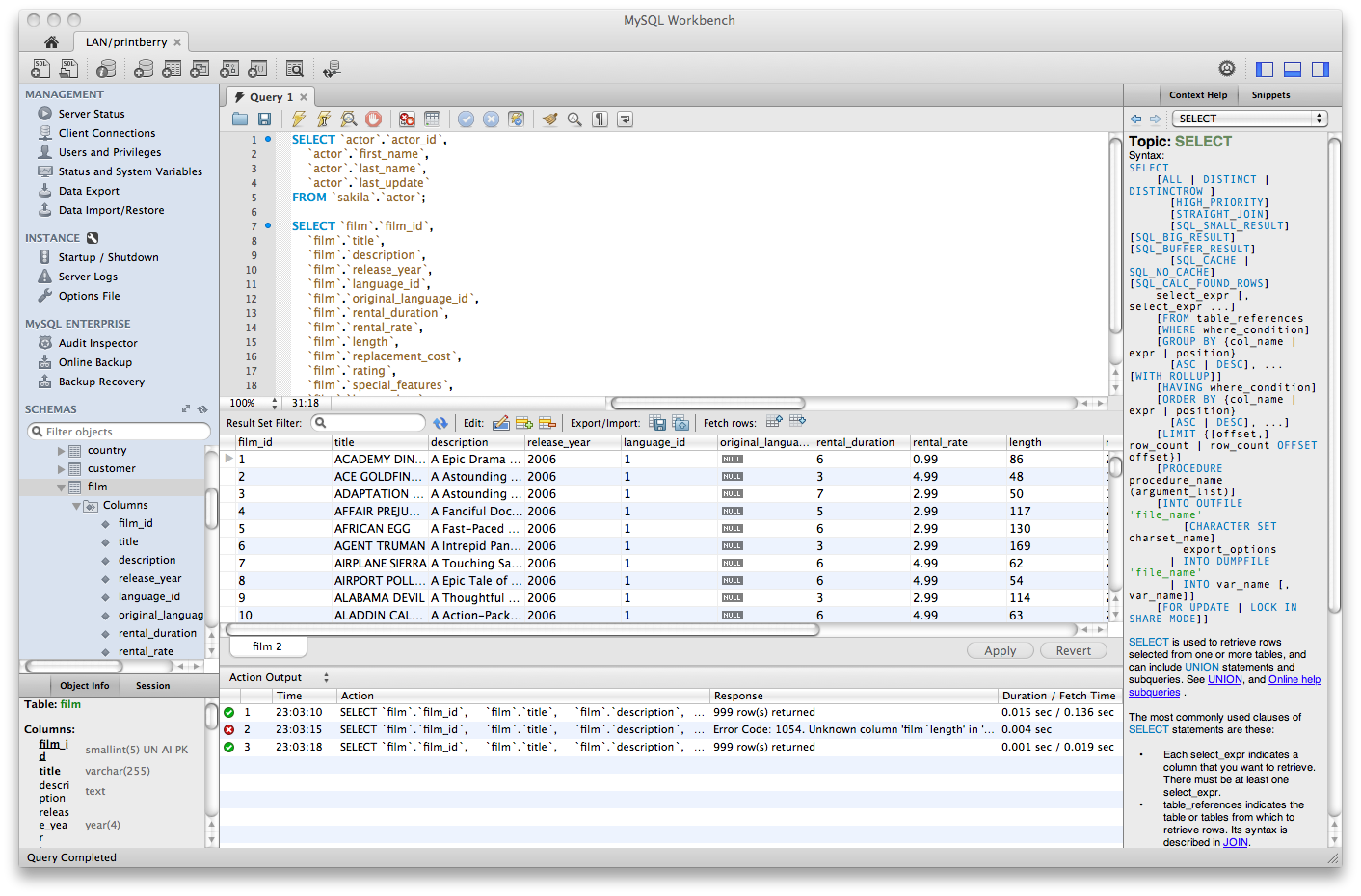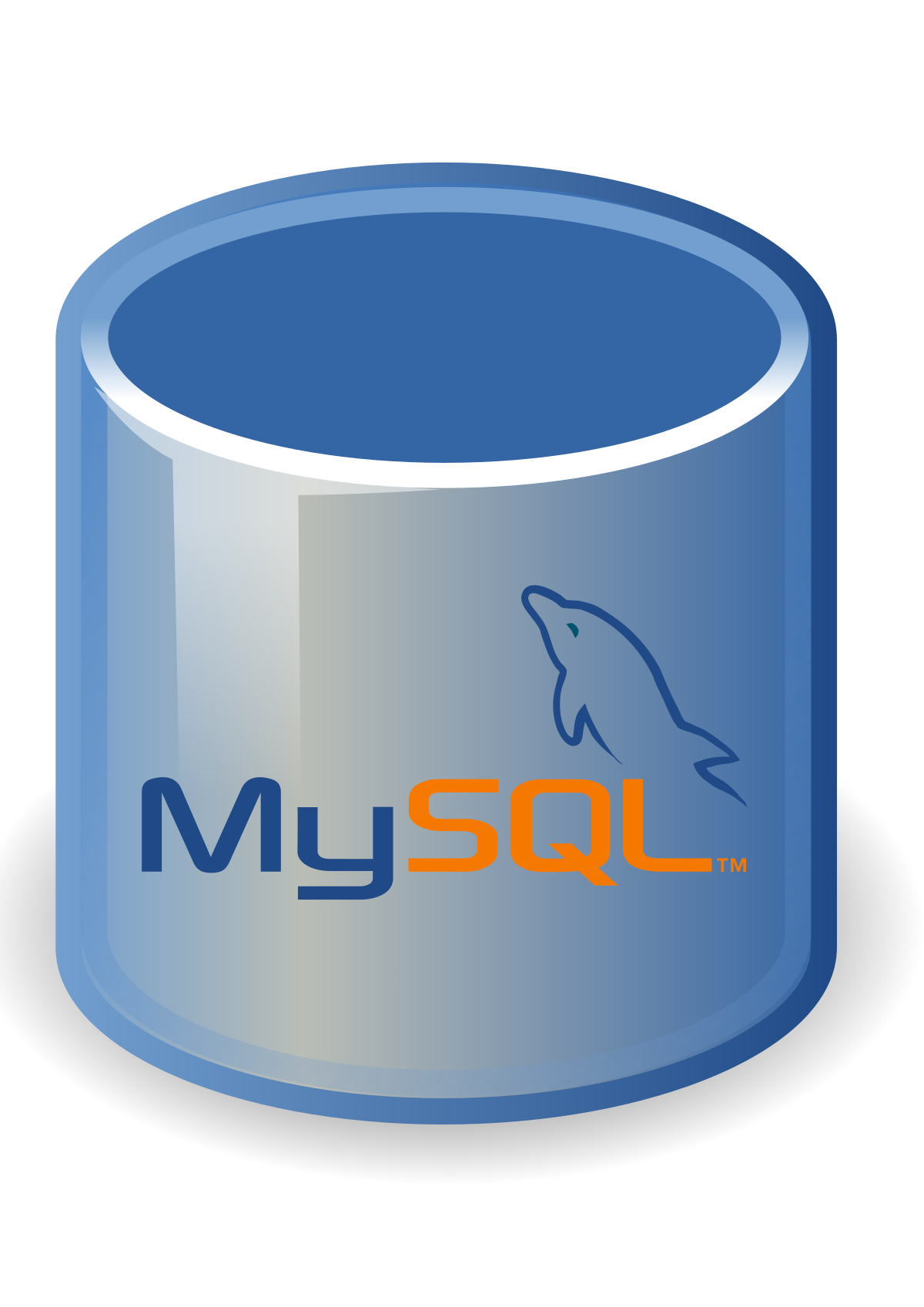Blog
- Details
- Written by R. Elizondo
- Category: Databases
In the realm of SQL, subqueries are an invaluable tool for extracting precise and intricate information from databases. MySQL, one of the most popular database management systems, supports complex subqueries that enable developers to write advanced queries and perform intricate data manipulations. In this article, we will explore the concept of complex MySQL subqueries, their syntax, and how they can be leveraged to tackle complex data analysis tasks.

Understanding Complex Subqueries:
A subquery, also known as a nested query, is a query that is embedded within another query.
It allows us to utilize the result of one query as a condition or data source for another.
Complex subqueries in MySQL involve nesting multiple subqueries within one another, creating a powerful mechanism for solving complex problems.
Read more: Mastering Complex MySQL Subqueries: Unraveling the Power of Nested Queries
- Details
- Written by R. Elizondo
- Category: Databases
As the demand for advanced data analysis grows, developers and analysts are constantly exploring innovative techniques to extract insights from temporal data. MySQL offers a powerful feature called temporal tables, which allow for efficient tracking of changes to data over time. When combined with subqueries, temporal tables provide an unparalleled approach to analyzing time-based data. In this article, we will dive into the intricacies of using MySQL temporal tables as subqueries and explore real-world examples of their applications in advanced data analysis.
Understanding Temporal Tables in MySQL:
Temporal tables, introduced in MySQL 5.7, enable the storage and retrieval of historical versions of data. They maintain the history of changes by tracking the start and end timestamps for each record. The powerful aspect of temporal tables is their ability to perform time-based queries and reconstruct the state of data at any given point in time.

Syntax for Temporal Tables as Subqueries:
To leverage temporal tables as subqueries, we can utilize the table's history by selecting the desired data for a specific time range. The syntax for temporal tables as subqueries is as follows:
sql
SELECT columns
FROM temporal_table
FOR SYSTEM_TIME AS OF timestamp_expression
WHERE condition;
This syntax allows us to retrieve the data from the temporal table as it existed at a specific timestamp, providing a comprehensive view of the state of the data at that particular moment.
Examples of Temporal Tables as Subqueries:
- Details
- Written by R. Elizondo
- Category: Databases
The WITH clause, also known as Common Table Expressions (CTEs), is a powerful feature in MySQL that allows for creating temporary named result sets within a query. It enhances query readability, modularity, and performance. Here are some examples of how the WITH clause can be used in complex MySQL queries.

Recursive Queries:
sql
WITH RECURSIVE cte AS (
SELECT 1 AS n
UNION ALL
SELECT n + 1
FROM cte
WHERE n < 10
)
SELECT * FROM cte;
This query uses a recursive CTE to generate a series of numbers from 1 to 10. The recursive part of the CTE references itself until the termination condition (`n < 10`) is met.
- Details
- Written by R. Elizondo
- Category: Basics of Software Development
In the world of computer programming, building complex software systems often involves managing relationships between objects. Object inheritance is a fundamental concept that allows developers to create hierarchical relationships between classes, enabling code reuse, modularity, and efficient software development. In this article, we will explore the concept of object inheritance, its benefits, and how it is implemented in various programming languages.

Prerequisites:
- Fundamentals of Object Oriented Programming - Part I Objects
- Basics of Object Oriented Programming in PHP - Part II
- Fundamentals of Object Oriented Programming - Part II OOP Principles
- Fundamentals of Object Oriented Programming - Part III Writing Object Oriented Programs
Understanding Object Inheritance:
Object inheritance is a mechanism in object-oriented programming that allows a class to inherit properties and behaviors from another class. The class that inherits is known as the "subclass" or "derived class," while the class being inherited from is called the "superclass," "base class," or "parent class." By inheriting from a superclass, the subclass inherits all the characteristics of the superclass and can also extend or modify them as needed.
Page 16 of 42

